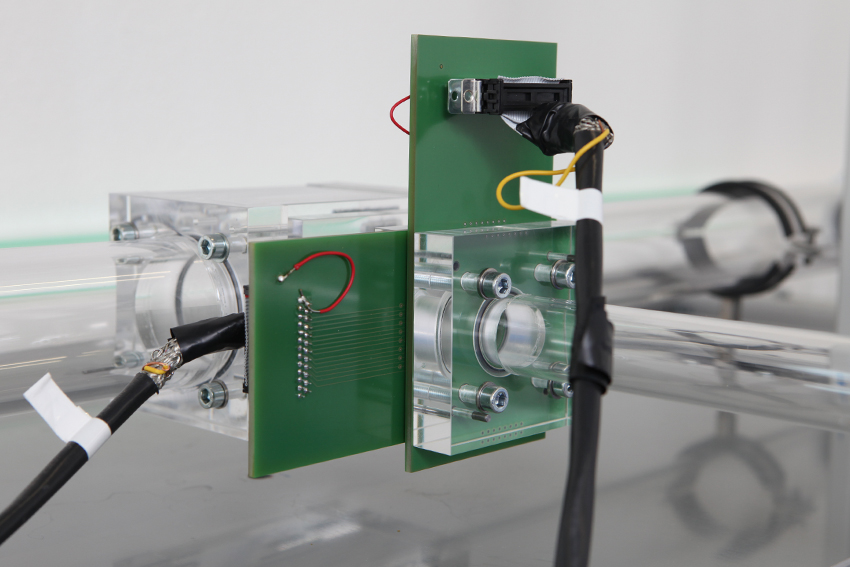T-Junction Research
Turbulent penetration in T-junctions is a mixing scenario which has resulted in component failure due to thermal fatigue in commercial nuclear power plants. The phenomena, resulting from a T-junction branch with zero velocity (a ‘dead leg’), or an in-leaking valve, is a multifaceted one once described in a publication by a researcher at Électricité de France (EdF) as, “a complex and somewhat amazing hydraulic behaviour.” Turbulent flow from the fast moving main pipe interacts with a laminar flow in the branch line resulting in a variety of mixing frequencies and large amplitude fluctuations appearing, on average, in different axial and circumferential positions depending on a number of factors. These factors include velocity ratio between the main pipe and branch line, main flow Reynolds number, junction geometry, and fluid density difference. Work by our laboratory has elucidated some of the fundamental characteristics of this type of mixing via experimental measurements as well as time resolved CFD simulations.
For further information contact John Kickhofel
Contact
No database information available
